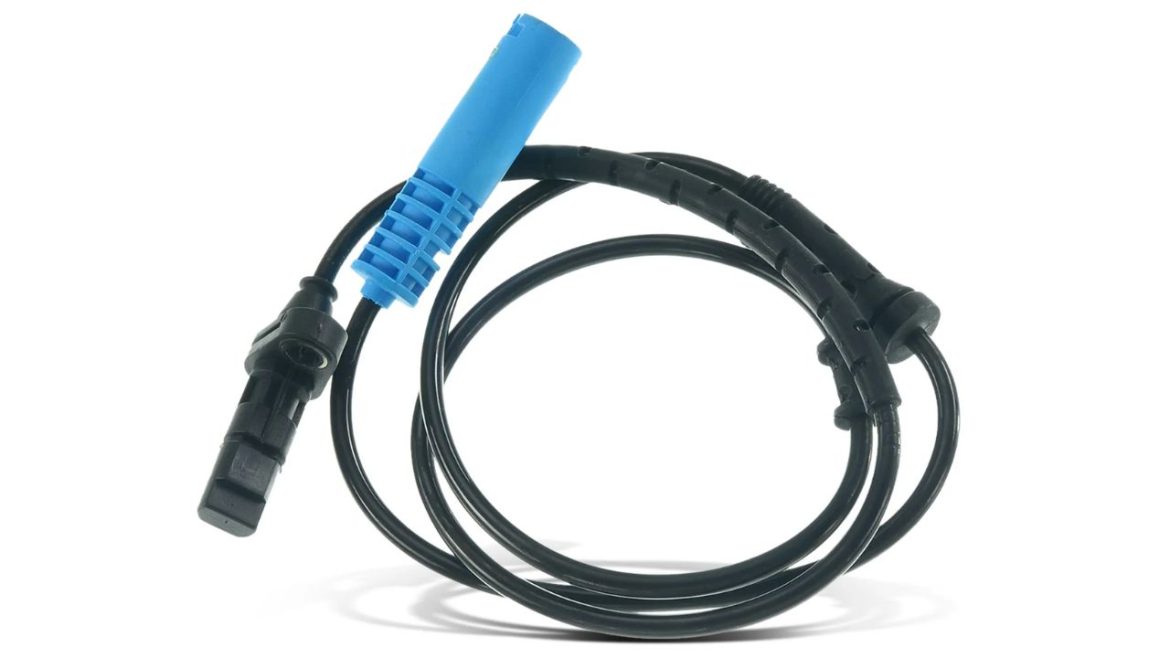In the realm of modern automobiles, safety is paramount. Amidst the array of technological innovations shaping the driving experience, the Anti-Lock Braking System (ABS) stands as a monumental advancement. Yet, beneath the surface of this groundbreaking system lies a seemingly modest hero – A-Premium ABS speed sensor. This unassuming component plays a pivotal role in upholding our safety by preventing skidding and maintaining control when braking suddenly.
Unveiling ABS Speed Sensors
At the core of the anti-lock braking system, the ABS speed sensor is an unsung hero. Its primary task involves monitoring the rotational speed of each wheel and transmitting this data to the vehicle’s control unit. This vigilant monitoring empowers the ABS system to detect any deviations in wheel speed that could potentially result in loss of control.
Exploring Different ABS Speed Sensor Types
There are two primary categories of ABS speed sensors, each operating with distinct principles:
- Active Sensors: Also known as magnetic or variable reluctance sensors, active sensors possess the ability to generate their own electrical signals. Comprising a magnetic ring and a coil, these sensors produce voltage within the coil as the wheel turns. This evolving voltage is conveyed to the ABS control unit, providing vital insights into the wheel’s speed.
- Passive Sensors: Passive sensors, often referred to as Hall-effect sensors, follow a different approach. They rely on an external electrical signal generated by the control unit itself. As the wheel rotates, the teeth on the sensor ring interrupt this signal, creating a series of voltage pulses. These pulses are interpreted by the control unit to ascertain the wheel’s speed.
The Science Behind ABS Speed Sensors
The magic of ABS speed sensors lies in their grasp of magnetic flux dynamics. When a wheel turns, the teeth on the magnetic ring influence the magnetic flux as they interact with the sensor. These alterations in magnetic flux generate an electrical signal, which the ABS control unit transforms into a digital format. By analyzing the speeds of all wheels, the control unit can deduce instances of potential wheel lockup during braking. Should such a situation arise, the ABS system intervenes by modulating brake pressure, thwarting skidding, and enabling the driver to retain control.
Advantages of ABS Speed Sensors
- Elevated Vehicle Stability: The paramount benefit of ABS speed sensors is their enhancement of vehicle stability. By preventing wheel lockup, the ABS system safeguards steering control, thereby minimizing the likelihood of skidding and accidents.
- Trimmed Braking Distances: ABS speed sensors play a pivotal role in curtailing braking distances during abrupt stops. The system orchestrates real-time adjustments to brake pressure, facilitating a controlled halt without sliding.
- Traction Mastery: Some advanced ABS systems encompass traction control features. By monitoring individual wheel speeds, these systems curtail wheel spin while accelerating, especially on slippery surfaces.
Maintenance and Problem-Solving
Sustained maintenance is pivotal to preserve the optimal function of ABS speed sensors:
- Scheduled Cleaning: Dust, debris, and grime can impair sensor performance. Regular cleaning of sensors and their surroundings is essential to ensure accurate readings.
- Detailed Inspections: Conduct routine checks to ensure secure sensor mounting and the absence of damage.
- Diagnostic Tools: Many contemporary vehicles come equipped with onboard diagnostic systems designed to identify ABS speed sensor anomalies. When a dashboard warning light emerges, consulting a professional mechanic for a comprehensive diagnosis is prudent.
Conclusion
Within the intricate tapestry of vehicle safety, ABS speed sensors weave an essential thread. Despite their diminutive size, their contribution to preserving stability and control during critical moments on the road is immeasurable. As technology continues to advance, ABS systems, in tandem with their speed sensors, are poised to become increasingly sophisticated, further heightening road safety and safeguarding lives on highways and byways alike.
